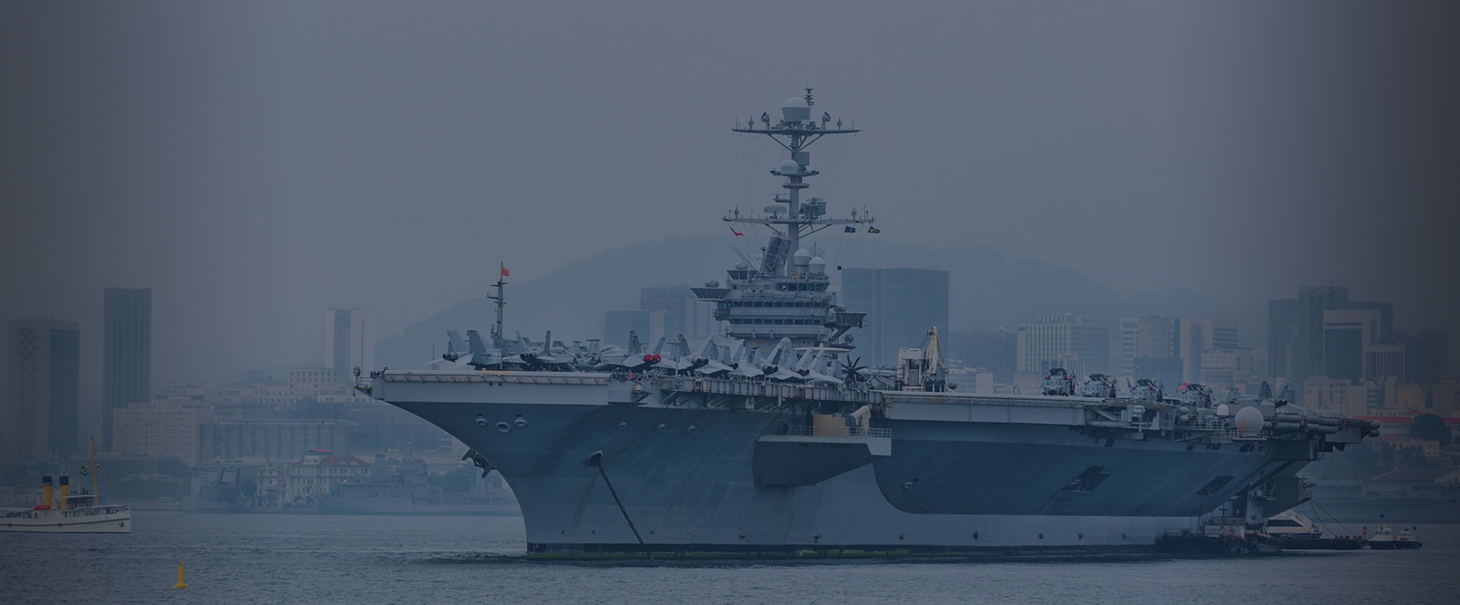As Donald Trump takes office as President of the United States, it is still unclear how the triangular relationship between the United States, China, and Latin America will evolve. During the presidential campaign, Mr. Trump aimed his fire chiefly on China and Mexico as the sources of U.S. economic troubles and what he described as unfair trade. He has announced his intention to tear up the North American Free Trade Agreement (NAFTA) and to negotiate what he calls “better deals” with both Mexico and China. The first few months of his administration will reveal the details of such deals. One thing, however, is very clear, China is prepared to expand its presence in the Western hemisphere should the new president’s protectionist nationalism turn from campaign rhetoric into political reality. If, under the new Trump administration, the U.S. throws up protectionist walls to future trade with the Americas, then the People’s Republic of China (PRC) is in a prime position to fill the vacuum in trade and investment. After China, Mr. Trump has cast more aspersions against America’s major trade partner Mexico. When he launched his campaign for president, Trump opened by making disparaging remarks about the nature of Mexican immigration to the U.S. He further threatened American corporations who move their manufacturing and other businesses to Mexico with a 35 percent tariff on their subsequent imports to the United States. Not surprisingly, Mexico’s manufacturers greeted Mr. Trump’s election with concern. For instance, according to the Mexican Automotive Industry Association (AMIA in Spanish), 77 percent of Mexico’s automotive exports go to the United States. This means that Mexican-made vehicles make up 12.4 percent of the U.S. automobile market, consisting of 1,964,441 units a year, or one of every 12 vehicles sold in the U.S. Ten major automobile companies represent a who’s who of automobile manufacturing: Audi, Chrysler, Fiat, Ford, General Motors, Honda, KIA, Nissan, Toyota, and Volkswagen. In fact, Mexico is the fourth largest automobile exporter, after Germany, Japan, and South Korea. Given the long-term investments in manufacturing and assembly facilities, auto companies are not likely to pull up stakes and situate themselves elsewhere. Instead, a 35 percent tariff will be passed on to American consumers in the form of higher prices, both for imports and domestic cars. Seventy-seven percent of all auto exports constitutes a very tall order and may cause a jolt to Mexico’s economic growth. Mexico may want to redirect some of its exports either to other countries in the Americas or to the Asia-Pacific region, but such a change will take time, add costs, and in the meantime cause serious damage. With a U.S. retreat possible, the region is looking East. Looking East for Free Trade In his latest visit to Latin America, President Xi Jinping reassured the region that not only is China not retreating, it is committed to more trade, credits, and investments. Signing some 40 trade agreements in the region with such countries as Peru and Chile, China’s penetration in the hemisphere is beginning to target some of the strongest economies capable of becoming long-term customers for China’s finished goods. During President Xi’s recent visit, Chinese media stressed that it will “usher in a new era” of China-Latin America relations. In fact, during the world recession in 2008-09, many Latin American nations were able to weather the drop in demand by traditional trade partners by exporting massive amounts of commodities at good prices to China’s. The relationship is now tested and may help withstand an American retreat. An article in Bloomberg reported that: China has become the region’s second-largest commercial partner, commanding 13.7 percent of Latin American trade last year, according to the Inter-American Development Bank. Just four countries — Brazil, Chile, Colombia, and Peru — accounted for more than half of the more than $263 billion in two-way trade by 2014. The commodity boom has largely ended with dire consequences for countries not taking advantage of the good times to prepare themselves for a downturn. As we’ve discussed in these pages, countries that mismanaged the plenty of the boom times are in dire straits. Writing in The Diplomat, Tsinghua University’s Matt Ferchen reports: Depending on the commodity, the boom has been over for at least two (oil) or three (iron ore) years or even longer (copper). The push by Chinese leaders and diplomats for a new phase of relations, especially with commodity-rich South America, is a belated response to the reality of dramatic drops in the demand and price of raw material exports from South America. This phenomenon is closely linked to changes in China’s own economy, which is switching toward a model of internal consumption and slower development. Belated as the Chinese response may be, the new political realities in the U.S. – Latin America’s traditional partner – have been met with a mixture of relief and cautious optimism. This context has opened the door for more Chinese investment in infrastructure and manufacturing throughout the region. Ironically, in the new context, Mr. Xi’s visit prompted Ecuador’s former foreign minister to declare that “China has become the defender of free trade.” Mr. Xi’s presence at the Asia-Pacific Economic Summit in Lima, Peru stressed the same point. Moving forward, the key to a China-Latin American relationship is the need to evolve beyond traditional commodity-export path dependency and a mutual commitment to promoting development in the Americas. Governments and companies in Chile, Colombia, Mexico, and Peru, which formed the Pacific Alliance, are in better position to take advantage of Chinese trade and investment, especially as the new U.S. administration rejects the Trans-Pacific Partnership. Their economies, unlike the populist regimes in Venezuela and Bolivia, are already focused on global exports and creating higher value chains in the process. This will make them more reliable and prosperous trade partners with China. It may be premature to cite China as the “defender of free trade,” yet if Mr. Trump pursues a protectionist trade policy we may expect China-Latin American relations to strengthen as China grows as a trading partner. As trade walls go up, and American consumers feel the rising prices on automobiles, televisions, and thousands of other goods produced at cheaper cost abroad, Latin American economies geared for global export markets may look particularly competitive beyond their region. Of course, China will also have to concentrate on job-producing investments if markets are to develop for Chinese goods abroad. In this new ironic era, the flag of free trade may fall from American hands, but China seems poised to pick it up. Read the original article, from China US Focus, here.


 Fernando Menéndez
Fernando Menéndez